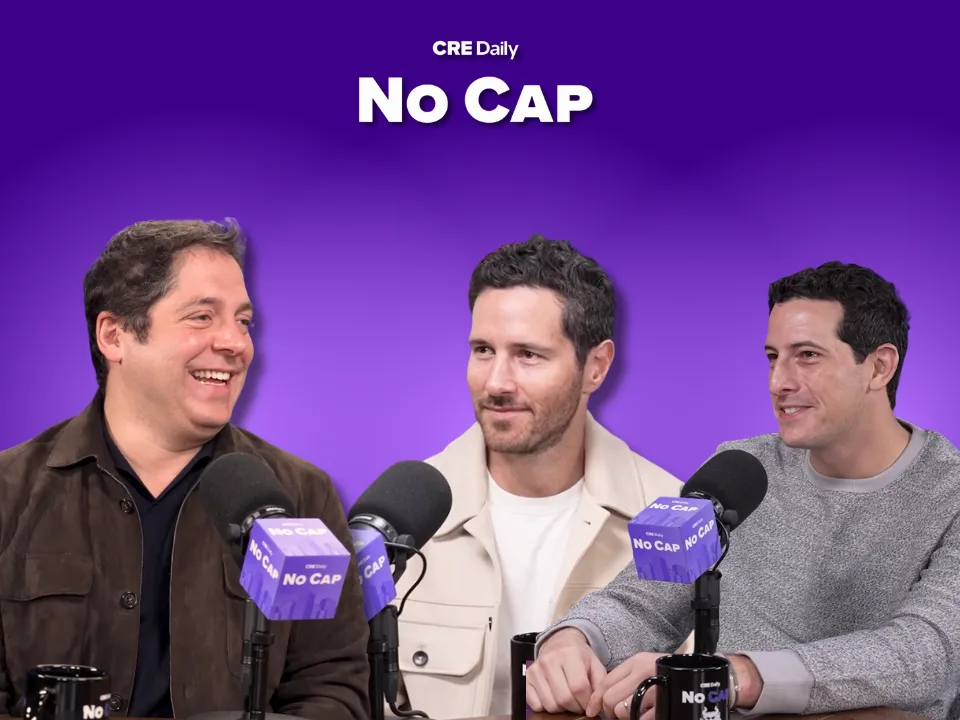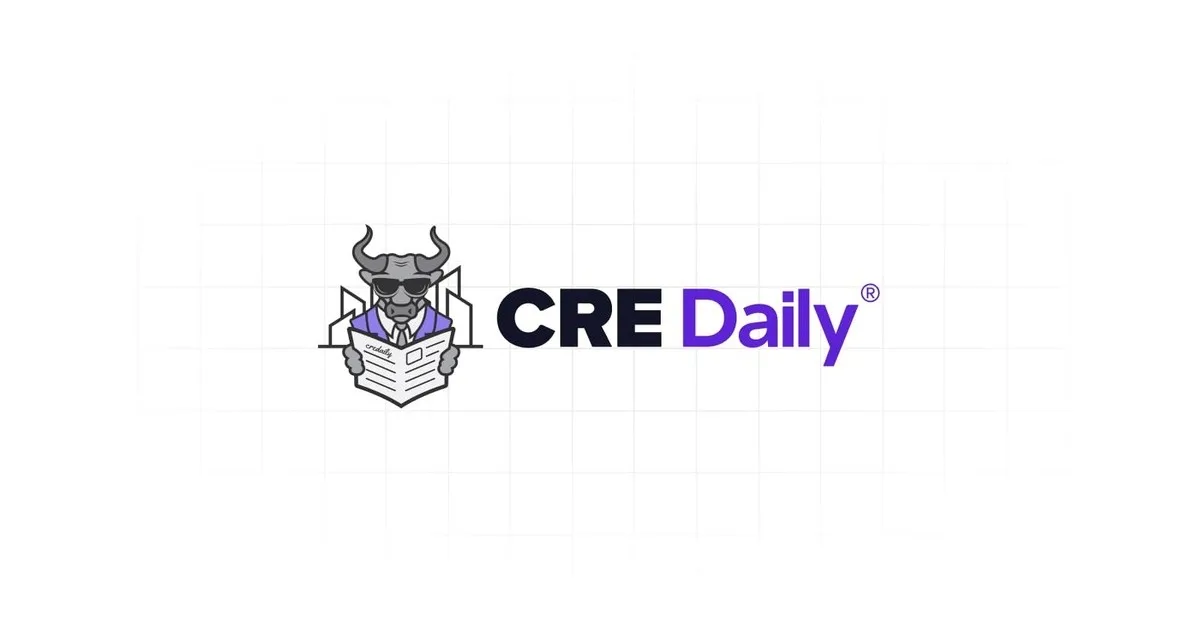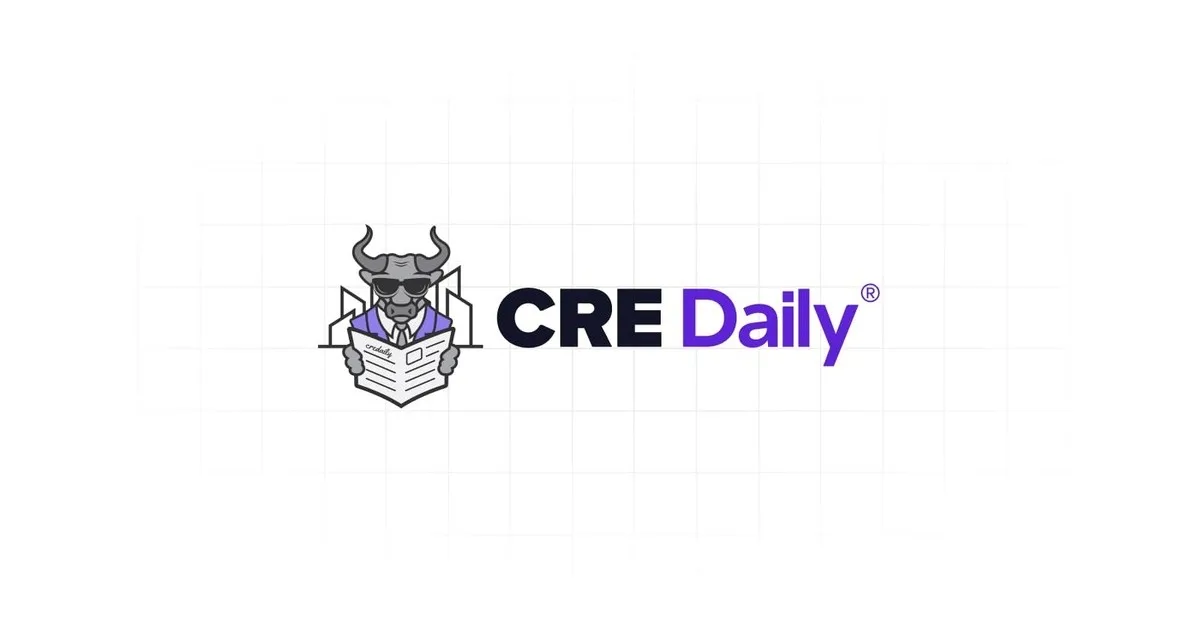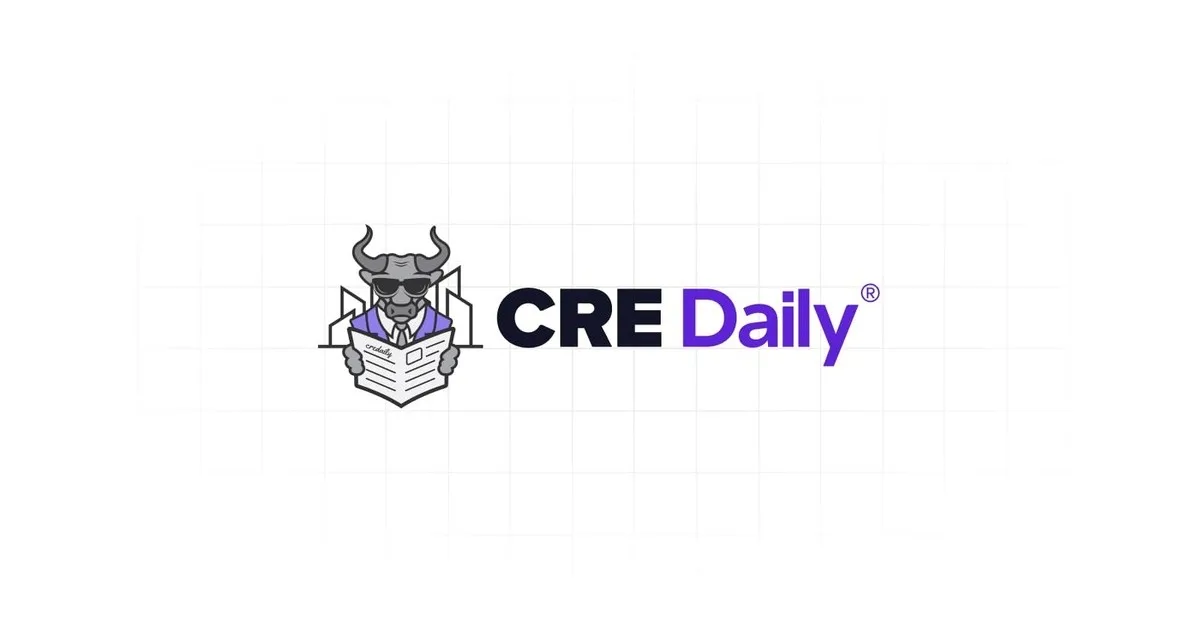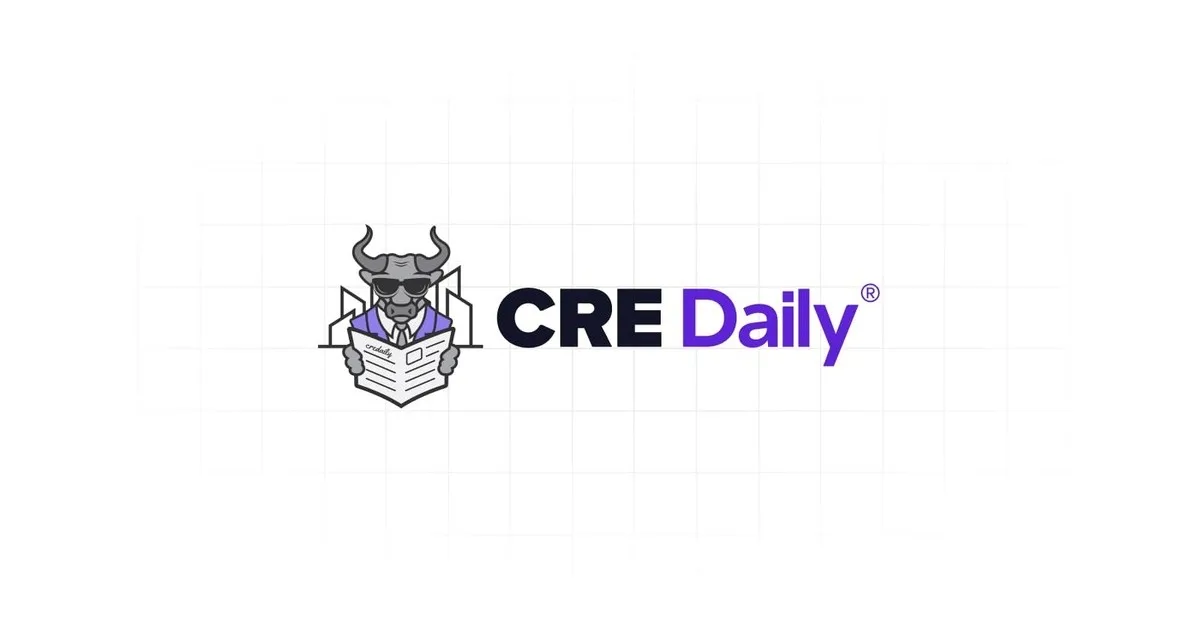Season 4 of the No Cap podcast continues with Seth Weissman, Founder and Managing Partner at Urban Standard Capital (USC), a New York-based real-estate investment firm active on both the equity and debt sides.
Weissman—who began his career at Goldman Sachs and Perry Capital—has built USC into a fast-moving private-credit shop known for design-driven development and decisive lending.
Conversation Highlights
Alex: Tell us a little about what you do and how Urban Standard Capital started.
Seth Weissman: I’ve always loved real estate. It combines finance, architecture, design, and entrepreneurship. After studying real estate and finance, I joined Goldman Sachs in investment banking and later Perry Capital in its real-estate group.
Perry was strictly a capital partner—we weren’t sourcing or executing deals. I wanted to do that myself, so I went out on my own to start finding and operating properties.
We asked how that leap from Wall Street to hands-on ownership actually began.
Jack: What was your first deal?
Seth: I bought my first building just as Bear Stearns collapsed, targeting multifamily assets with value-add potential in up-and-coming areas like West Chelsea before the High Line or Google arrived. We renovated, upgraded systems, and cut costs to lift NOI and create value.
Early on, I raised money from anyone who could write a $50K check, tracking investors and returns in Excel. It wasn’t about asking for money—it was about building relationships. People invest in a person before they invest in a model.
Jack: So you were doing deal-by-deal syndications?
Seth: Yes, and after some early success I realized I was at a disadvantage in New York without committed capital. If a seller sees “Seth Weissman with no money,” they won’t take me seriously. So I raised about $10M of discretionary capital. Now I could say, “I can close in 30 days.” That changes everything in this market where there’s basically no due-diligence period.
With that capital base established, the conversation turned to how Weissman shifted from equity to private credit.
Jack: When did you move into lending?
Seth: Around 2016, I got frustrated dealing with banks on transitional assets. I’d bought a 20-unit building in Bed-Stuy—15 units were vacant—and the bank refused to lend off pro forma income. It showed me the gap between perceived and real risk. With post-GFC rules tightening and pricing stretched, we started lending ourselves.
Back then, private credit was “hard money”—sharp-elbowed and predatory. That’s never been our style. I don’t want success built on others’ failures. At Goldman they taught us, be long-term greedy. That stuck.
Alex: You told a story about a developer in Beverly Hills.
Seth: He built a $200M project on the wrong part of Wilshire. Units sat unsold, yet he wanted $3K–$4K a foot while paying $2M a month in interest. He claimed a nearby restaurant would fix it, but our rule’s simple: miss your sales schedule, cut prices or pay down the loan. I’m not here to fund fantasies.
In the Hamptons, another borrower bet big, wrote a $1M check to extend interest—and proved me wrong. Right product, right timing. Still, we want borrowers with real skin in the game.
Jack: You’ve said borrowers come to you for certainty.
Seth: Exactly. Most “lenders” in the middle market don’t control their capital—they need extra approvals. We do, so if I say we’re closing, we’re closing. That certainty’s worth more than a lower rate.
We lend at 60–65% loan-to-value. I like credit because I’m not taking the first punch—there are twelve before it hits me. If a borrower spends $100 to make something worth $125 and we’re in for $70, we’re protected even if things go sideways.
Ultimately, a borrower has to make a decision — is the certainty of execution and speed of execution worth it to them? It’s not even nine out of ten times. It’s 9.9 out of ten times.
As the conversation shifted toward risk in today’s lending market, we asked Seth how he looks at the rise of complex financing structures.
Alex: Are you worried about back leverage and accrued interest loans?
Seth: People do both. We rarely allow interest to accrue; if someone does, you have to ask whether they expect to be repaid or to own the asset. A lot of 2022–2023 vintage deals are out of the money now.
On back leverage—it’s fine when done prudently. If I lend $20M at 10% and borrow $12M at 7–8%, the return on my retained piece rises. That’s why private credit has grown. Banks like it too—they fund us at lower leverage instead of making the whole loan themselves. Regulators actually prefer that.
Jack: Where do you see the market headed now?
Seth: Volatility is everywhere, but I like credit because we get paid through it. Interest works 24 hours a day, seven days a week. The recent rate cut and signals of more to come should help.
We just closed a loan in Park City where we took a profit participation on top of the debt. The loan alone worked—the profit piece was extra. We can do that because we understand the whole capital stack.
I think you’re starting to see more confidence. The recent rate cuts are going to lubricate the market, and there are interesting equity opportunities when you think about coming in at a reset basis.
Watch the full episode on our YouTube Channel or your favorite podcast app.
Tune in weekly for new episodes of No Cap by CRE Daily!
